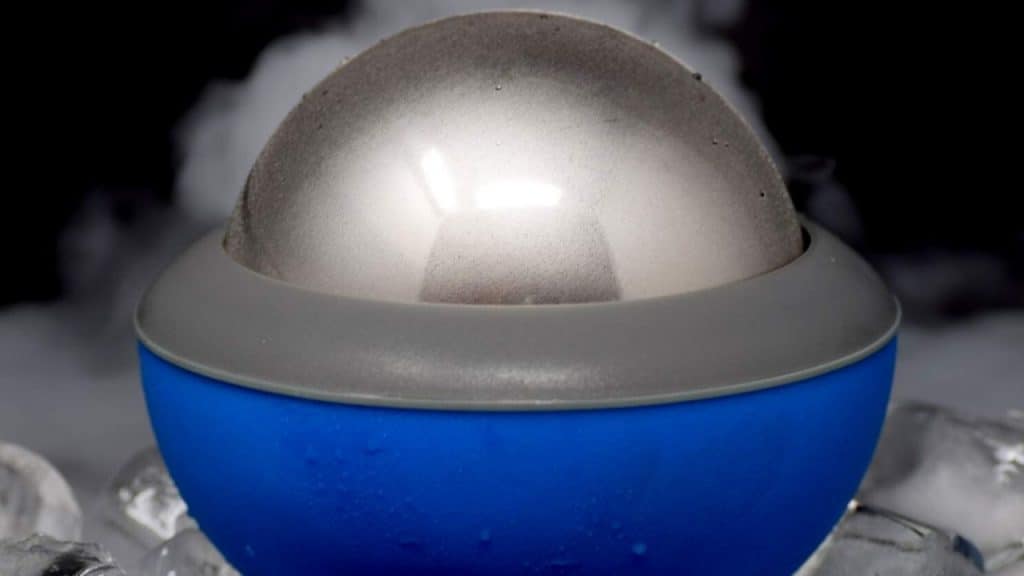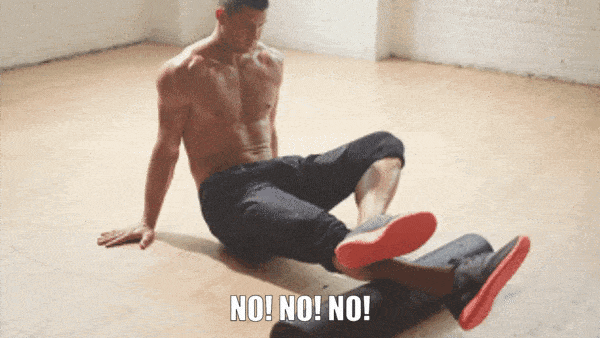Nothing is better than the feeling of satisfaction you get after a great workout. Unfortunately, with that satisfaction likely comes soreness. Feeling exhausted after a workout is physical confirmation that you’ve done something right, but why do you feel sore after one workout and not another? And what causes your muscles to get sore, anyway?
Muscle soreness is a natural result of exercise but it’s still important to know why it happens and when it should be cause for concern. Let’s delve deeper into the subject of muscle soreness to determine why it happens and what you can do to manage it.
Delayed Onset Muscle Soreness
After starting a new exercise program, changing up your workout routine, or upping the intensity of your regular workout, you’re likely to feel a little bit sore – this is known as delayed onset muscle soreness (DOMS). When you force your muscles to work harder than they’re used to (or in a different way than usual), it causes microscopic tears in the muscle fibers. Scary as that may sound, it’s completely normal and it’s how you build muscle strength.
Delayed onset muscle soreness typically develops 24 to 72 hours after a workout, and it happens to both novices and pro athletes alike. According to Dr. Michael Jonesco, sports medicine physician at The Ohio State University Wexner Medical Center, muscle soreness “indicates you’ve stretched your body to the point that you’ve caused some muscle changes.” The pain you feel is a side effect of the process through which your muscles heal after those microscopic tears develop.
Despite what you may have heard, muscle soreness is not caused by a buildup of lactic acid. Lactic acid is a byproduct of exercise – it is produced as the muscles break down glucose after using up available oxygen – but it dissipates fairly quickly after exercise, about 45 minutes after a workout.
How Long Does Muscle Soreness Last?
Soreness related to exercise usually develops within 1 to 2 days and it can last for 3 to 5 days afterward. The degree of soreness you feel may isn’t always directly related to the intensity of your workout – it’s simply the body’s response to your muscles healing. The micro-tears that form in your muscles during exercise trigger an inflammatory response, which, combined with the pain caused by the healing process, is what makes you feel sore.
Here are some factors that determine how sore you feel:
- How long you’ve been working out
- How often you work out
- The type of workout you do
If you’ve been exercising on a regular basis for months or years, you’re less likely to develop muscle soreness than someone who just started working out last week. That being said, you ARE likely to feel some soreness if you’re just getting back into a regular workout routine after some time off. Your body builds up a tolerance to exercise over time, especially if you’re typically doing the same kind of exercise.
The more often you work out, the less time your muscles have to fully repair and recover. Working out frequently increases your risk of feeling sore, particularly if you’re working the same muscle groups several times a week. If you like to train frequently, try training different muscle groups on different days, giving each group 24 to 48 hours to recover between workouts.
Finally, the type of workout you do can affect the degree to which you experience muscle soreness. Even if you’re used to doing squats as part of your normal workout routine, you may feel sore if you suddenly add an extra set or increase the weight you use.
While muscle soreness is normal and can even be a good sign, it shouldn’t keep you from going about your daily life and it shouldn’t last for more than 4 days. If your pain is still intense 4 to 5 days after your workout, it could be a sign of overtraining and you may want to check in with a physical therapist or a certified athletic trainer.

How to Relieve Muscle Soreness
The best remedy for delayed onset muscle soreness is rest. Soreness typically goes away within 3 to 5 days, but it may stick around longer if you keep working out during that time. It’s important to give your muscles time to recover, especially if you’re aiming for growth, but you can work other muscle groups in the meantime – just avoid working the same muscle group two days in a row.
Here are some simple tips to help ease sore muscles:
- Engage in light exercise. When you’re feeling sore, it can be tempting to avoid all forms of physical activity but staying active can help your muscles recover faster. Opt for gentle forms of exercise like walking or cycling to avoid aggravating your already-sore muscles.
- Apply heat to the affected muscles. A warm compress or heating pad can help soothe store muscles by stimulating blood flow to the area. When using heating pads, be sure to place a towel between your skin and the heating element.
- Try ice to reduce inflammation. If your muscles are feeling inflamed, applying an ice pack could help ease some of the pain and inflammation. Apply cold for no more than 20 minutes at a time and alternate with heat to up the results.
- Take an over-the-counter anti-inflammatory. If you’re really struggling with the soreness, try taking an over-the-counter anti-inflammatory like ibuprofen or aspirin to relieve inflammation and pain. You could also try topical creams and gels like Icy Hot or Aspercreme.
- Get a deep tissue massage. A professional massage can boost blood flow and ease muscle tension. If you don’t want to spring for a massage after every workout, consider investing in a massage gun so you can administer some at-home massage therapy as needed.
If your muscle soreness lasts for more than 5 days or if the pain becomes unbearable, talk to your doctor. It’s normal for your muscles to feel a little warm to the touch after a workout, but if you notice significant redness or swelling days later, seek medical attention.
Tips for Preventing Muscle Soreness
Unfortunately, you may not be able to completely prevent muscle soreness – it’s a natural part of growing stronger. There are, however, a few things you can do to prevent extreme muscle soreness.
Here are some tips for preventing muscle soreness:
- Always warm up properly before exercise. It takes time for the blood to really start flowing through your muscles, so do some kind of light exercise for 5 or 10 minutes before getting into your workout.
- Drink plenty of water. It’s important to stay hydrating during exercise but it can also help prevent cramps and reduce muscle soreness. Hydration is essential for loosening your joints, transporting nutrients throughout the body, and controlling your body temperature.
- Give your muscles time to rest. As we’ve already stated, rest is the best remedy for muscle soreness and giving your muscles time to rest between workouts is the best way to prevent it. Wait at least 24 but ideally 48 hours before working the same muscle group in the same way.
- Use proper form. Performing exercises properly is important to avoid injury and muscle strain which can make soreness worse. If you’re not sure how to perform an exercise or you’re new to a piece of equipment at the gym, as a trainer for help.
- Take time to cool down. Just as important as your warmup before working out is your cooldown afterward. Do a 5-to-10-minute cooldown walk or jog followed by stretching to help circulate the blood out of your muscles and back to your heart.
The best advice you can follow when working out is to listen to your body. You know your body best and only you can decide what your limits are. Pushing your limits is essential for growth, but it’s important to do so safely and to give your body plenty of time to recover when it needs to. Make gradual changes to your workout routine to avoid injuring yourself and take an extra rest day when in doubt.
Frequently Asked Questions
What causes muscle soreness?
Muscle soreness is the result of the healing process after exercise causes microscopic tears in the muscle fibers. You’re most likely to develop soreness after you work out longer, harder, or differently than you usually do.
Can I still exercise when my muscles are sore?
Yes, you can exercise when your muscles are sore – the soreness should go away once your muscles have warmed up, but it could return after you cool down. If you find it difficult to exercise through the soreness, you may want to give your muscles a day or two to recover.
Is it bad to stretch sore muscles?
No, if you do so safely, stretching can help boost blood flow to the muscles which may help speed recovery. Stretching before and after exercise may help prevent muscle soreness as well as reducing your recovery time after you exercise.
Will my muscles always get sore after a workout?
It’s completely normal to develop muscle soreness after you change the intensity or length of your workout. If your workouts follow the same pattern and you don’t often change things up, you may not experience soreness very often.
How long does muscle soreness last?
It depends to some degree on the intensity of your workout as well as your current condition. The more often you exercise, the better conditioned your muscles will become. Muscle soreness generally comes on 24 to 48 hours after exercise and lasts 3 to 5 days.


